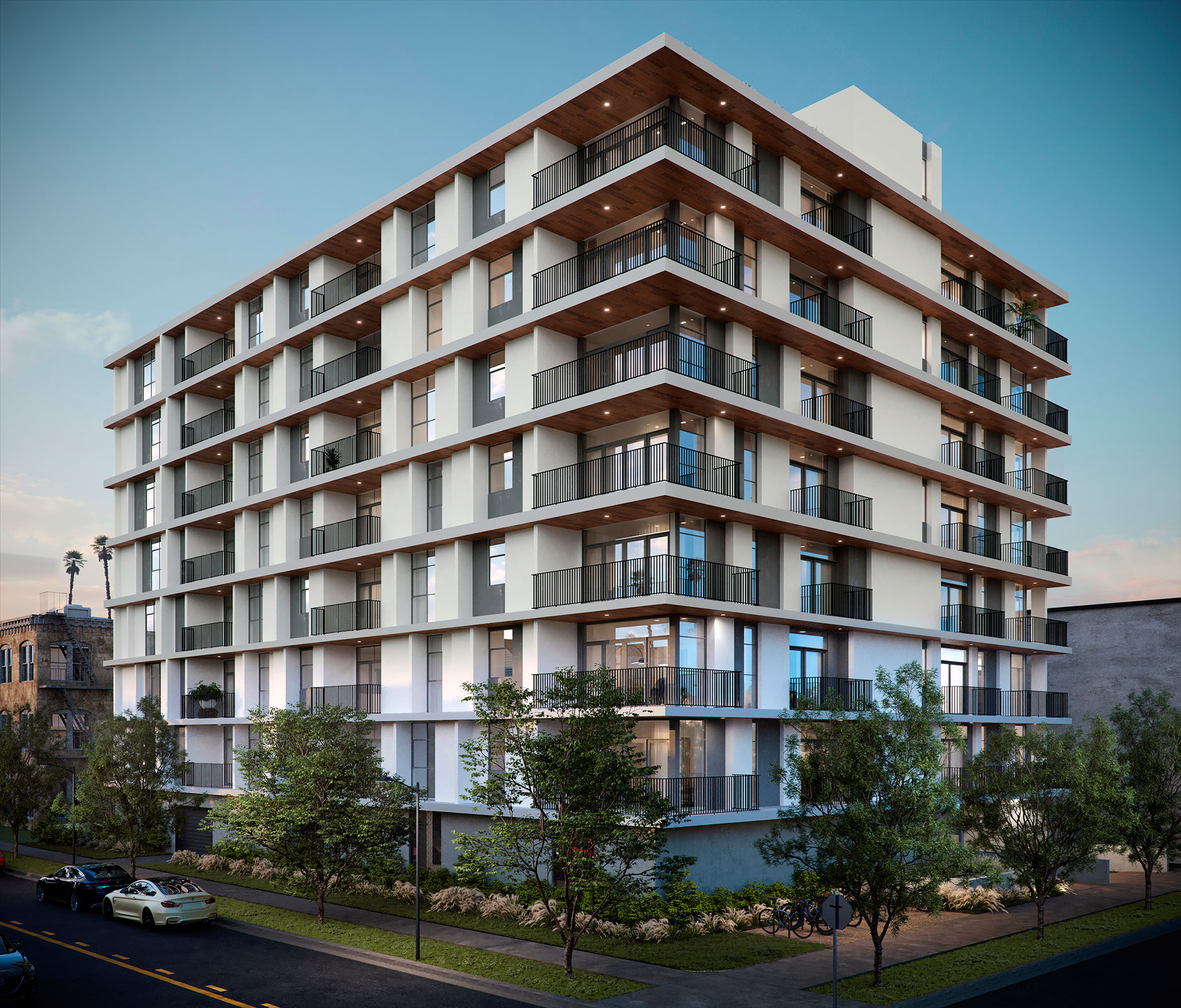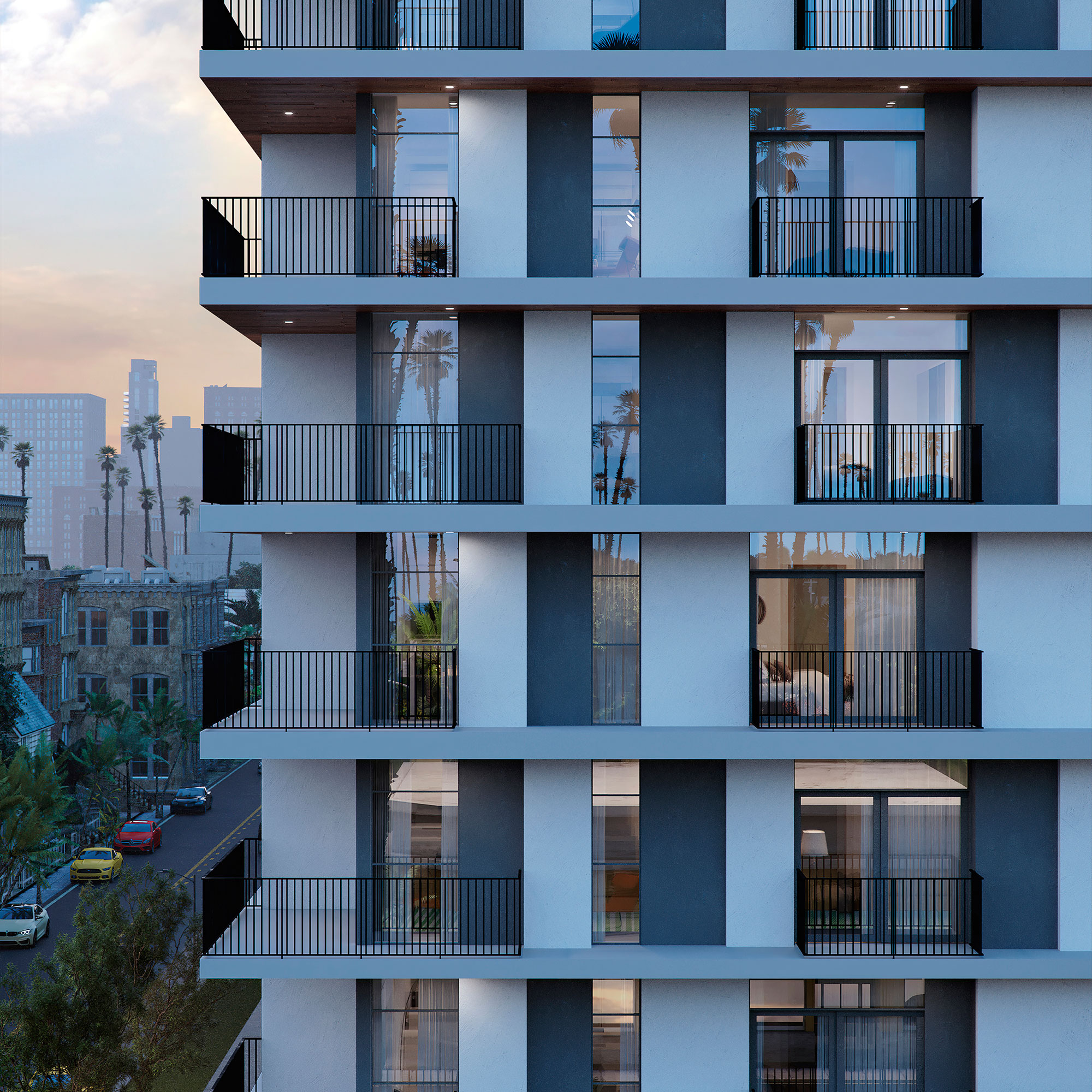How does architecture respond to high inflation and higher interest rates?
As we move into 2023, the global economy is facing challenges from high inflation and higher interest rates. These challenges have a significant impact on the architecture industry, as architects must find ways to design buildings that are both functional and affordable.
High inflation increases the cost of materials, labor, and other construction-related expenses, making it more challenging to complete projects within budget. Inflation can also lead to delays in construction, as contractors may struggle to secure materials or may need to adjust their pricing to account for rising costs. Architects must respond to these challenges by finding creative solutions to reduce costs without sacrificing quality or functionality.
One way architects can respond to high inflation is by selecting more cost-effective materials. This may include using recycled or salvaged materials, selecting locally sourced materials, or using materials that require less maintenance and repairs. By choosing materials that are readily available, architects can reduce the risk of delays and ensure that the project stays within budget.
Higher interest rates can also have an impact on architecture. As interest rates rise, borrowing costs increase, making it more expensive for developers to finance projects. This can lead to a slowdown in construction and a reduction in the number of projects that are completed. Architects must respond to this challenge by designing buildings that are more efficient and cost-effective.
One way architects can design buildings that are more cost-effective is by incorporating energy-efficient systems. By designing buildings that use less energy, architects can help clients save money on utilities and reduce their environmental footprint. Architects can also work with contractors to find cost-effective solutions during the construction process. Collaboration can help identify cost-saving opportunities that may not be apparent during the design phase.
In addition, architects can use prefabrication as a construction method to reduce costs. Prefabrication involves manufacturing building components off-site and then assembling them on-site. This method can reduce construction costs and time while maintaining quality. Prefabrication is also a sustainable option, as it reduces waste and minimizes the environmental impact of construction.
Finally, architects can employ value engineering to reduce costs. Value engineering involves reviewing the design to identify opportunities to reduce costs without sacrificing quality or functionality. This may involve using alternative materials or construction methods, simplifying the design, or optimizing the building’s layout. Value engineering requires a collaborative approach between the architect, contractor, and other stakeholders to ensure that the project meets the client’s needs while staying within budget.
In conclusion, high inflation and higher interest rates present significant challenges for the architecture industry. Architects must respond to these challenges by finding creative solutions to reduce costs without sacrificing quality or functionality. By selecting cost-effective materials, using prefabrication, employing value engineering, designing energy-efficient buildings, and collaborating with contractors, architects can create buildings that are sustainable, functional, and affordable.






